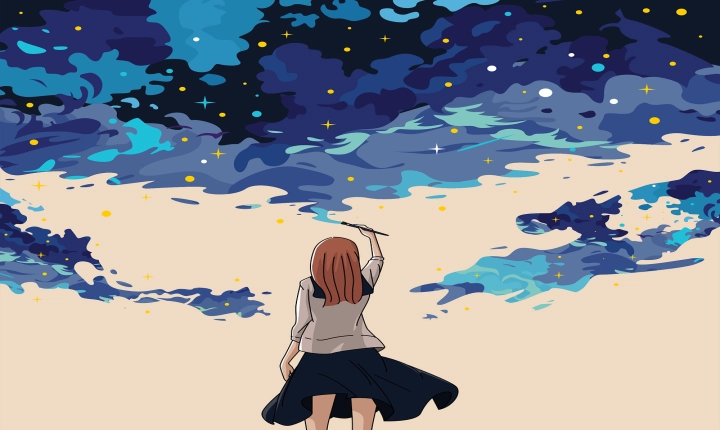Owning AI-Generated Art: The Intersection of Creativity and Technology
As artificial intelligence continues to pervade our daily lives, it has also found its way into the world of art. AI-generated art, also known as generative art, is created using algorithms and machine learning techniques to produce unique and often mesmerizing visuals. The question of ownership and rights surrounding such art pieces has begun to emerge, sparking debate and discussion within the art community.
The concept of ownership in the context of AI-generated art raises several ethical and legal questions. Traditional art is typically attributed to a human creator, and the concept of intellectual property rights and copyright law has been well established. However, when the artist is an algorithm, who can claim ownership of the resulting artwork?
One of the primary concerns is the role of the human creator in the process. While the AI itself generates the art, it is often programmed and trained by human artists who influence the parameters and inputs used to create the final piece. This raises the question of whether the human creators of the AI should be considered the true authors of the art, or whether the AI itself should be recognized as the creator.
In the case of ownership, current intellectual property laws may not address AI-generated art specifically, leaving a gap in legal protections for both the creators and consumers of such art. This lack of clarity complicates issues such as licensing, reproduction, and commercial use of AI-generated artworks.
Additionally, the concept of authenticity and originality comes into question with AI-generated art. With the potential for algorithms to generate an infinite number of variations of a single piece, it becomes challenging to define what constitutes an original work and how to assign value to these pieces.
On the other hand, some argue that the democratization of art through AI-generated creations should be embraced. These AI-generated artworks are often accessible to a wider audience and can challenge traditional notions of authorship and creativity. The proliferation of generative art can lead to new forms of expression and stimulate novel experiences for both artists and audiences.
As the discussion surrounding the ownership and rights of AI-generated art continues, there is a need for a robust framework that addresses the unique challenges posed by this emerging form of creativity. This framework must consider the involvement of human creators, the role of AI as a tool for artistic expression, and the implications for the art market and cultural heritage.
In conclusion, the intersection of technology and art presents complex and intriguing questions around ownership and rights in the context of AI-generated art. As this form of creativity continues to evolve, it is essential to engage in open dialogue and collaboration to develop appropriate guidelines and protections that nurture innovation while respecting the contributions of both humans and algorithms in the artistic process.
